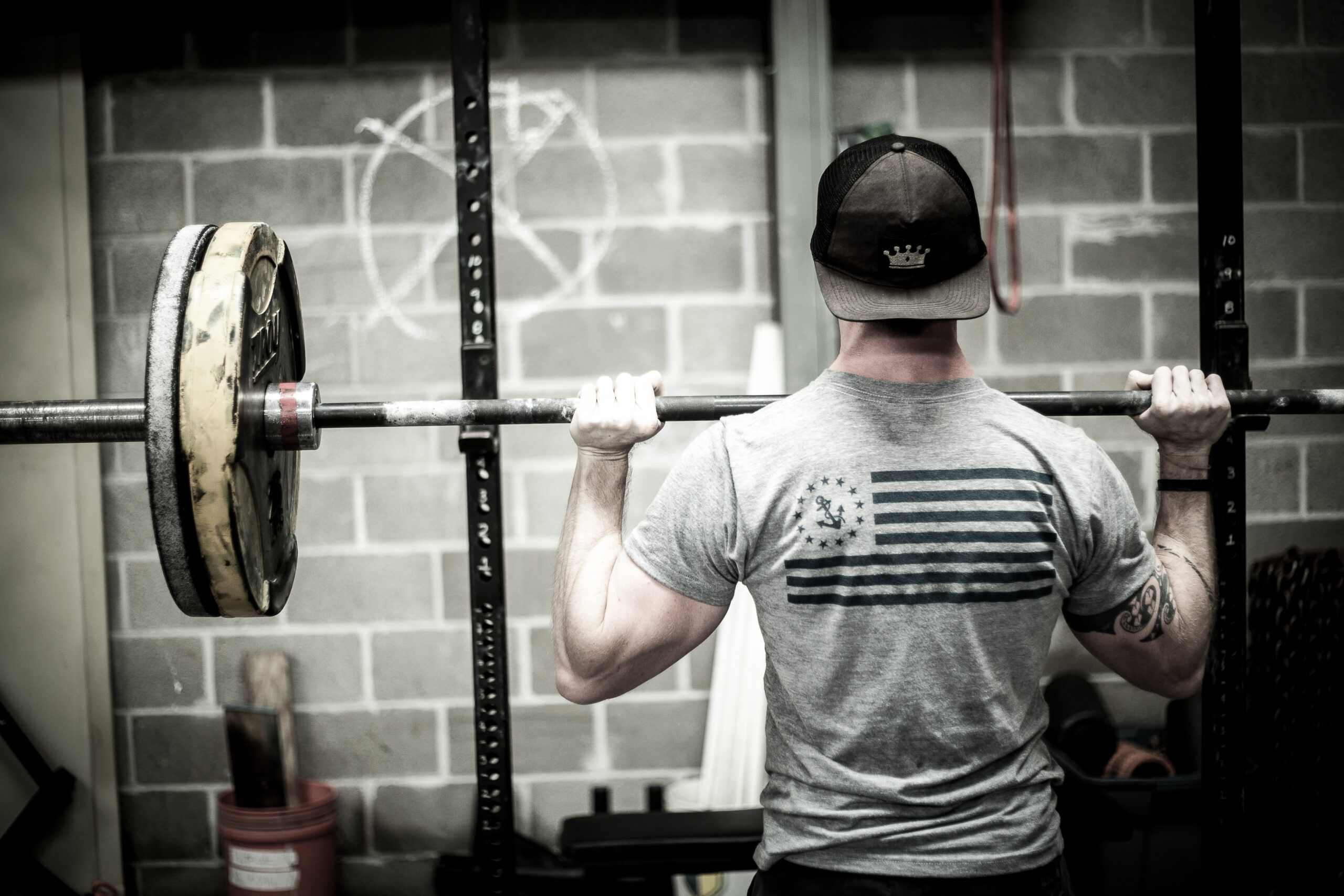Concept: Performance Pyramid
- Posted
- by Coach Jake

He-man represents what we should all strive to be…
He is jacked, has a full head of hair, rides a Green Tiger into battle, lives in an awesome castle, and chases hot blondes while swinging around a sword.
Although with that outfit, I am not sure which way he really swings. Maybe he’s actually more into Man-at-Arms than he is She-ra.
If so, that’s cool too. After all, our gym is based in Austin…
THE PERFORMANCE PYRAMID
Many athletes automatically associate the gym with physical improvement. But when it comes to improving performance, chasing more speed and strength is not always the answer.
Athletes seeking improved performance should spend their training time wisely. The traditional approach to strength and conditioning may not always be the most beneficial use of their time.
Besides how strong or fast the athlete is we have to consider many other components of performance such as mental toughness, efficiency, skill, and strategy. Oftentimes improvement in one of these areas can provide better results than more time spent running or lifting.
Below we discuss the idea of the performance pyramid and how training should not focus solely on improving physiological attributes.
Physiological Performance – The Body
The physical component of performance is what most of us concentrate on. These are very measurable attributes that we train in the gym, on the road, or in the pool. It gives us a raw product, a tool, something that we can use to accomplish great things in sport.
Improving the physiological aspects of performance is a product of programming through the manipulation of variables such as volume, intensity, frequency, and rest.
Physiological components of performance:
- Maximal Strength
- Strength Endurance
- Power
- Speed
- Vo2 Max
- Lactate Threshold
- Cardiac Output
- Mitochondrial / Capillary Density
Psychological Performance – The Mind
Probably one of the most overlooked but possibly the most valuable component of performance is the mind.
Regardless of how well developed the athlete’s physicality is without a strong understanding of strategy and a high level of mental resilience the athlete will rarely reach their true potential.
We see this play a larger and larger role when the sport requires head to head competition or very long durations. It is common to hear about how many top level performers saw their biggest accomplishments happen once they started training their minds more than their bodies.
Psychological components of performance:
- Mental Toughness
- Sport specific technical knowledge
- Confidence in skill
- A sense of pace specific to individual fitness
- How to feed properly prior to, and during events
- Strategy in regards competition and event
- Motivation to succeed
- Ability to perform under pressure
Mechanical Performance – Efficiency
Another overlooked component is how well we move, and what we are moving.
Just because you know a technique does not mean that you can do it well, under heavy loads, or under pressure. Many sports require complex movements that must be trained again and again until they are executed subconsciously.
Something else to consider is our body composition. If we want to do more pull-ups should we work on getting stronger or just work on losing the 30lbs of fat around the mid-section?
Mechanical components to performance:
- Running form
- Sport specific techniques
- Efficient movement of the body, high levels of proprioception
- Efficient bar path during barbell based lifts
- Efficient body position for gymnastics
- Body Composition
- Individual anthropometrics
USING THE PYRAMID TO INCREASE YOUR PERFORMANCE.
Once we recognize that there are 3 trainable points to performance we can do a self assessment. This self assessment allows us to take an objective look at where we have room for improvement and where we should be spending our training time.
Link to Self Assessment Sheet – Print this out.
For illustration purposes I have done one on myself below using the sport of Brazilian Jiu Jitsu.
To keep it on the simpler side I chose to only use 3 things for each point on the pyramid and rate myself on a sliding scale of 1-5, with 1 being poor and 5 being exceptional.
Physical
- Strength – 5
- Speed – 4
- Conditioning – 5
Psychological
- Grasp of technique – 2
- Conceptional Strategy – 2
- Confidence in skills – 2
Mechanical
- Efficient execution of sport technique – 2
- Body Composition – 5
- Proprioception – 4
This is a fairly honest assessment of myself in regards to BJJ. As you can see from above, physically I am very capable, but psychologically I have plenty of room to improve.
The best way for me to improve is not to spend more time on strength and conditioning, but doing BJJ.
For the majority of my grapplers that I coach, the opposite would be true as they are coming from a strong technical background but their physical strength and conditioning are poor.
The best way for these athletes to improve is to train strength and conditioning, and spend less time doing BJJ. The exact opposite of how I should spend my training time.
WHAT TO DO WITH THIS KNOWLEDGE…
The majority of your training needs to focus on what you score the lowest on.
If you have any 1’s or 2’s you need to start addressing those immediately as those are severely holding you back from reaching your potential.
Work on these specific things 2-3 times per week until they get up to the “3” mark. Once you can score all 3’s then start working on turning those 3’s into 4’s.
Also, keep in mind that you can do a self analysis of yourself for each discipline you participate in. If I was to do this with trail running or powerlifting it’d be a very different analysis as each sport has very different requirements.
Would love to hear your thoughts, comments below.
Coach



